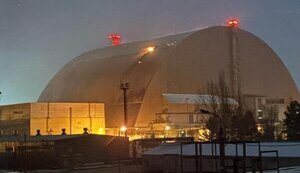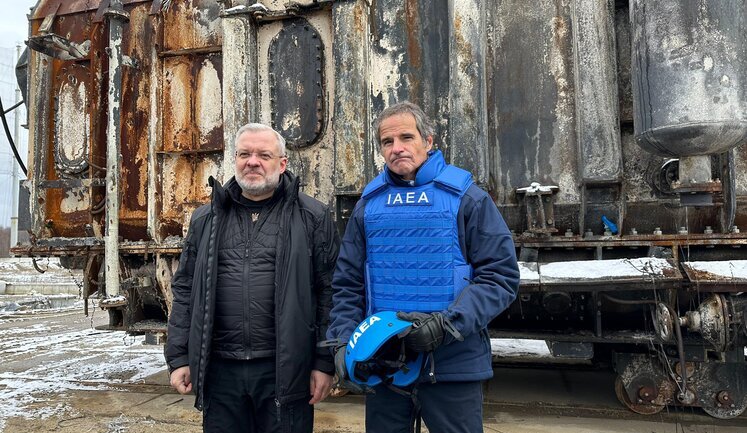The International Atomic Energy Agency (IAEA) plays a pivotal role in ensuring nuclear safety in Ukraine amidst ongoing conflicts. Director General Rafael Grossi emphasized the importance of a "special status" for the occupied Zaporizhzhia Nuclear Power Plant (ZNPP) as part of a peace agreement between Russia and Ukraine. Current hostilities have led to significant challenges, including power reductions at Khmelnytskyi and Rivne due to Russian strikes. The IAEA has recorded frequent safety breaches and remains in continuous dialogue to mediate and facilitate repairs. Despite these tensions, the mission's efforts continue unabated, reflecting the agency's commitment to nuclear safety and security.
What is the role of the IAEA in Ukraine's nuclear facilities?
The International Atomic Energy Agency (IAEA) monitors nuclear safety, facilitates repairs, and mediates between conflicting parties to ensure the safe operation of nuclear plants in Ukraine. The agency also assists in creating agreements for secure plant management and resolves issues arising from military actions impacting plant safety.
Why does Zaporizhzhia NPP need special status according to the IAEA?
The IAEA suggests a special status for Zaporizhzhia NPP to ensure its safe operation and management in the volatile conflict environment. This status would facilitate cooperation between Ukraine and Russia, reducing risks and providing a stable framework for nuclear safety as part of a broader peace agreement.
How have Russian actions impacted Ukraine's nuclear plants?
Russian military actions, including shelling and drone strikes, have significantly compromised Ukraine's nuclear plant operations, causing damage to critical infrastructures like power substations and threatening nuclear safety. These acts have led to reduced power generation and increased safety risks, prompting urgent appeals to the IAEA and international bodies.
What measures has the IAEA taken in response to the damages at Ukrainian NPPs?
The IAEA has deployed inspection teams, held emergency meetings, and engaged in high-level diplomatic discussions to address safety breaches at Ukrainian nuclear plants. The agency actively coordinates repair efforts, monitors radiation levels, and pressures for security guarantees from conflicting parties to facilitate safe operations and reduce potential nuclear hazards.
What discussions has IAEA Director General Grossi had regarding Zaporizhzhia NPP?
Director General Rafael Grossi has engaged in extensive talks with Ukrainian, Russian, and international stakeholders regarding the safety and future of Zaporizhzhia NPP. His efforts focus on establishing safe status policies, facilitating repair operations, and creating diplomatic pathways to resolve conflicts surrounding the plant’s management and safety.
What are the safety concerns at Zaporizhzhia NPP under Russian occupation?
Under Russian occupation, Zaporizhzhia NPP faces numerous safety concerns, including compromised security pillars, limited access for international inspectors, and risks of military escalation affecting plant infrastructure. The IAEA highlights these issues, urging for responsible management and international oversight to prevent nuclear incidents.






















































